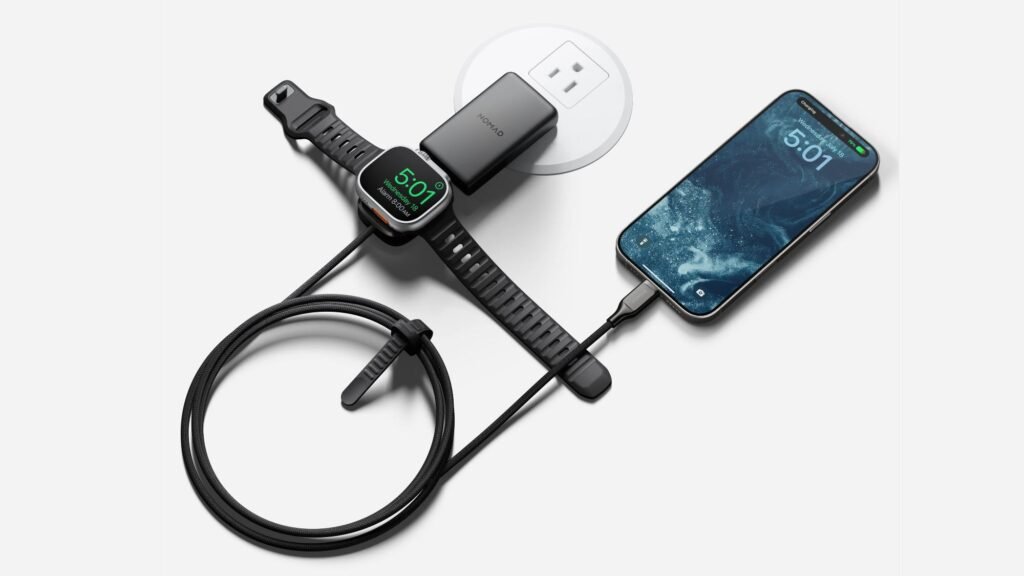Apple’s Pro Display XDR is five years old today, marking half a decade since its release alongside the 2019 Mac Pro.

Released on December 10, 2019, the Pro Display XDR was Apple’s re-entry into the high-end external monitor market, following a three-year hiatus after discontinuing the Thunderbolt Display in 2016. The announcement came at Apple’s Worldwide Developers Conference (WWDC) in June 2019, where the company presented the display as a rival to traditional reference monitors. The XDR in its name stands for “Extreme Dynamic Range,” a feature that Apple emphasized as a key differentiator from other high-resolution monitors available at the time.
It features a 32-inch Retina display with a 6K resolution of 6,016 by 3,384 pixels, powered by Apple’s proprietary LED backlighting system. Apple utilized blue-colored LEDs with custom lenses and reflectors to achieve a maximum brightness of up to 1,600 nits in HDR mode, while sustaining 1,000 nits across the entire screen indefinitely. This allows for what Apple describes as “stunningly accurate colors and contrast,” supporting the P3 wide color gamut and delivering a claimed 1,000,000:1 contrast ratio.
The rear of the display features the same lattice pattern used on the 2019 Mac Pro, which functions as a heatsink to aid thermal management. The display is also available with matte nano-texture glass to cut down on glare—the first Apple product it’s featured on.
Upon its release, the Pro Display XDR garnered significant attention for its high price. In the United States, the display starts at $4,999, and users who opt for the adjustable Pro Stand must pay an additional $999. The Pro Stand, which is sold separately, was met with mixed reactions upon its unveiling. Apple justified the cost by highlighting the engineering involved, with the Pro Stand offering height, tilt, and rotation adjustments, as well as support for both landscape and portrait modes. A VESA mount adapter is also available for those who prefer third-party mounting solutions.
As of its fifth anniversary, the Pro Display XDR remains one of only two external monitors sold by Apple, alongside the Studio Display, which was released in March 2022. Unlike the Pro Display XDR, the Studio Display comes with an integrated A13 Bionic chip, enabling features such as Center Stage for its built-in webcam, spatial audio, and support for Siri voice commands. The Pro Display XDR, however, has no webcam or any internal Apple silicon chip.
Speculation about a second-generation Pro Display XDR has been circulating for some time. In December 2022, Bloomberg‘s Mark Gurman reported that Apple was working on an updated version of the display, this time with an Apple silicon chip to enhance its capabilities. In July 2023, Gurman reiterated that Apple was still developing multiple new displays. Display supply chain analyst Ross Young recently said that the next-generation Pro Display XDR will feature quantum dot technology, just like the latest MacBook Pro models. However, no further details have emerged regarding what other specific upgrades the Pro Display XDR might receive or a potential release time frame. For now, the Pro Display XDR remains Apple’s flagship display offering.
Popular Stories
Here Are Apple’s Full Release Notes for iOS 18.2
Thursday December 5, 2024 11:48 am PST by Juli Clover
Apple seeded the release candidate version of iOS 18.2 today, which means it’s going to see a public launch imminently. Release candidates represent the final version of new software that will be provided to the public should no last minute bugs be found, and Apple includes release notes with the RC launch. The iOS 18.2 release notes provide a look at all of the new features that are coming…
iPhone 17 ‘Air’ Expected to Be ~2mm Thinner Than iPhone 16 Pro
Friday December 6, 2024 4:07 pm PST by Juli Clover
In 2025, Apple is planning to debut a thinner version of the iPhone that will be sold alongside the iPhone 17, iPhone 17 Pro, and iPhone 17 Pro Max. This iPhone 17 “Air” will be about two millimeters thinner than the current iPhone 16 Pro, according to Bloomberg’s Mark Gurman. The iPhone 16 Pro is 8.25mm thick, so an iPhone 17 that is 2mm thinner would come in at around 6.25mm. At 6.25mm,…
20 New Things Your iPhone Can Do in iOS 18.2
Friday December 6, 2024 4:42 am PST by Tim Hardwick
Apple is set to release iOS 18.2 in the second week of December, bringing the second round of Apple Intelligence features to iPhone 15 Pro and iPhone 16 models. This update brings several major advancements to Apple’s AI integration, including completely new image generation tools and a range of Visual Intelligence-based enhancements. There are a handful of new non-AI related feature controls…
iPhone SE 4 Said to Feature 48MP Rear Lens, 12MP TrueDepth Camera
Monday December 9, 2024 4:48 am PST by Tim Hardwick
Apple’s forthcoming iPhone SE 4 will feature a single 48-megapixel rear camera and a 12-megapixel TrueDepth camera on the front, according to details revealed in a new Korean supply chain report. ET News reports that Korea-based LG Innotek is the main supplier of the front and rear camera modules for the more budget-friendly ~$400 device, which is expected to launch in the first quarter of…
AirPods Pro 3 Expected Next Year: Here’s What We Know
Thursday November 28, 2024 3:30 am PST by Tim Hardwick
Despite being released over two years ago, Apple’s AirPods Pro 2 continue to dominate the wireless earbud market. However, with the AirPods Pro 3 expected to launch sometime in 2025, anyone thinking of buying Apple’s premium earbuds may be wondering if the next generation is worth holding out for. Apart from their audio and noise-canceling performance, which are generally regarded as…
MacBook Pros With OLED Displays Won’t Have a Notch, Roadmap Shows
Apple plans to remove the notch from the MacBook Pro in a few years from now, according to a roadmap shared by research firm Omdia. The roadmap shows that 14-inch and 16-inch MacBook Pro models released in 2026 will have a hole-punch camera at the top of the display, instead of a notch. It is unclear if there would simply be a pinhole in the display, or if Apple would expand the iPhone’s…
World’s First Apple Pay Alternative for iPhone Launches in Norway
Monday December 9, 2024 1:28 am PST by Tim Hardwick
Norwegian payment service Vipps has become the world’s first company to launch a competing tap-to-pay solution to Apple Pay on iPhone, following Apple’s agreement with European regulators to open up its NFC technology to third parties. Starting December 9, Vipps users in Norway can make contactless payments in stores using their iPhones. The service initially supports customers of SpareBank…




